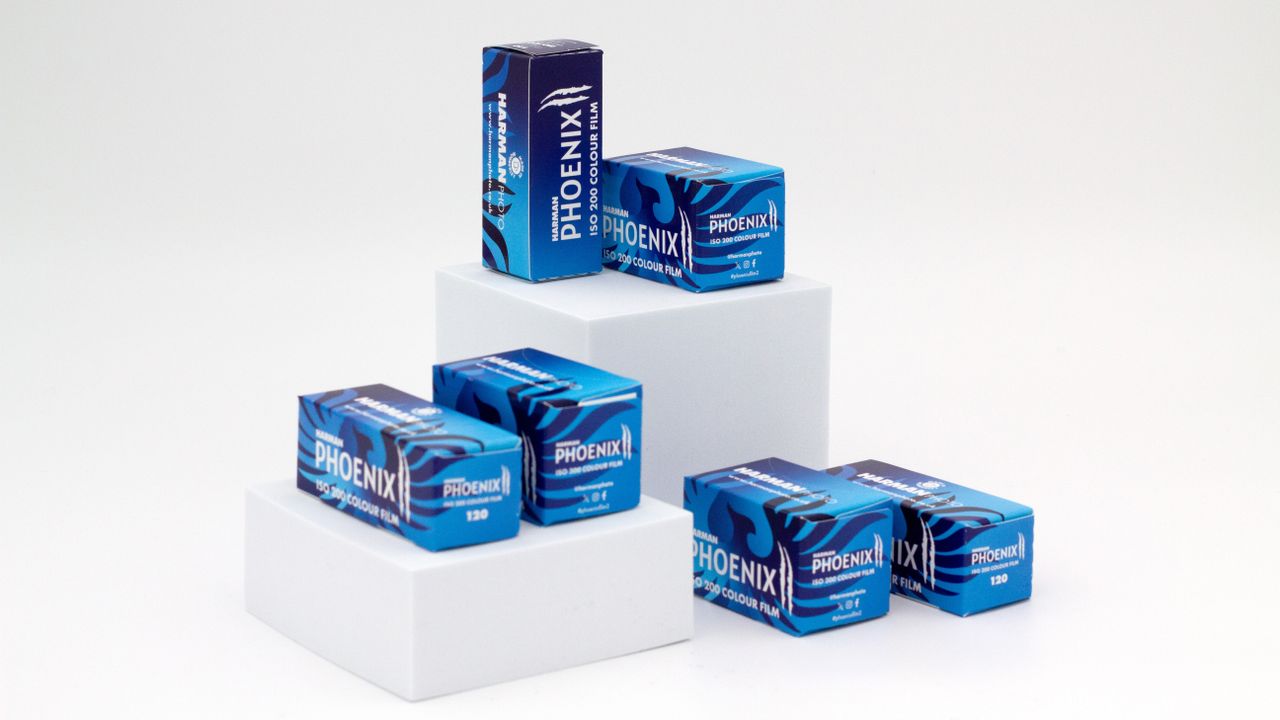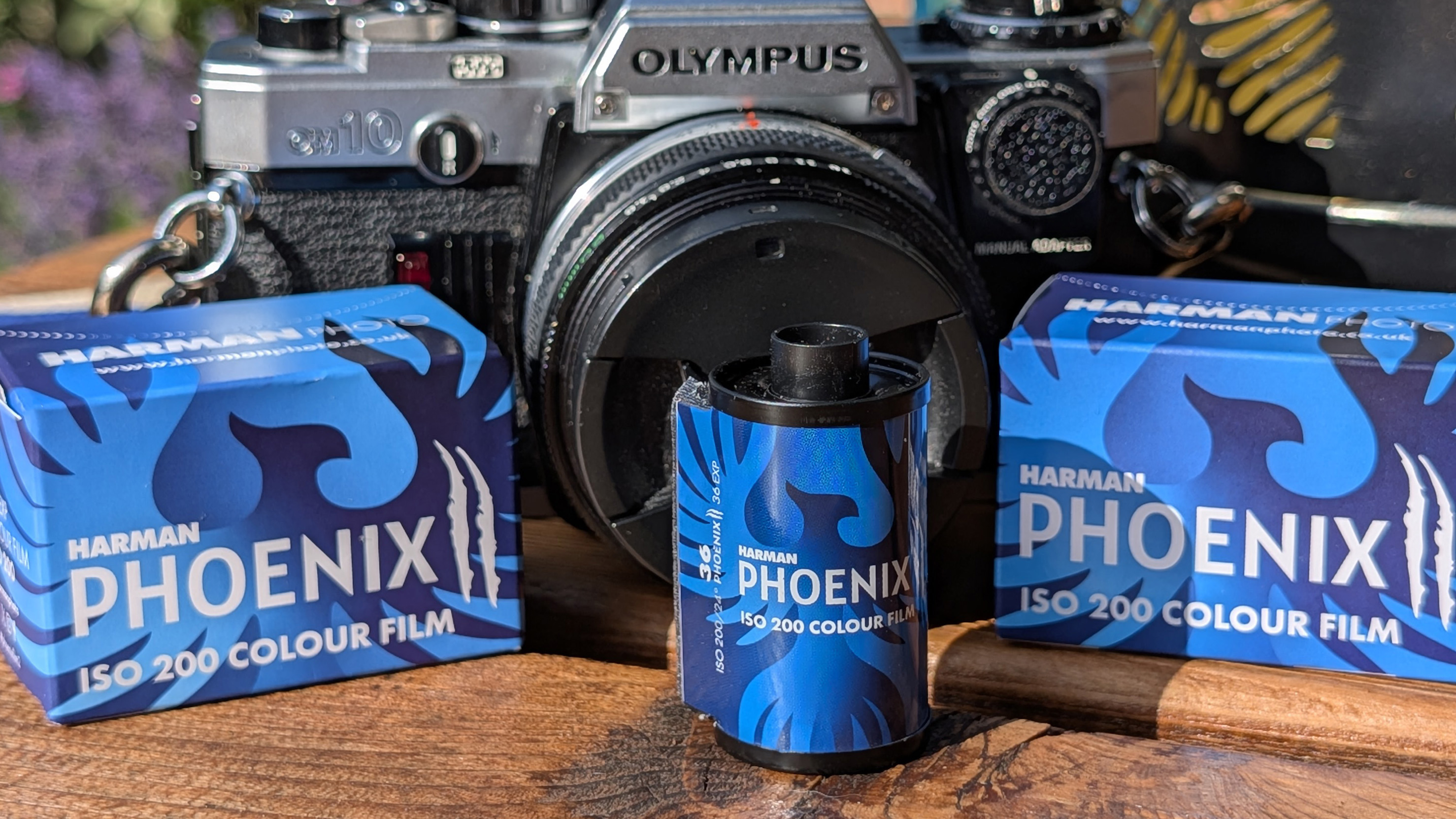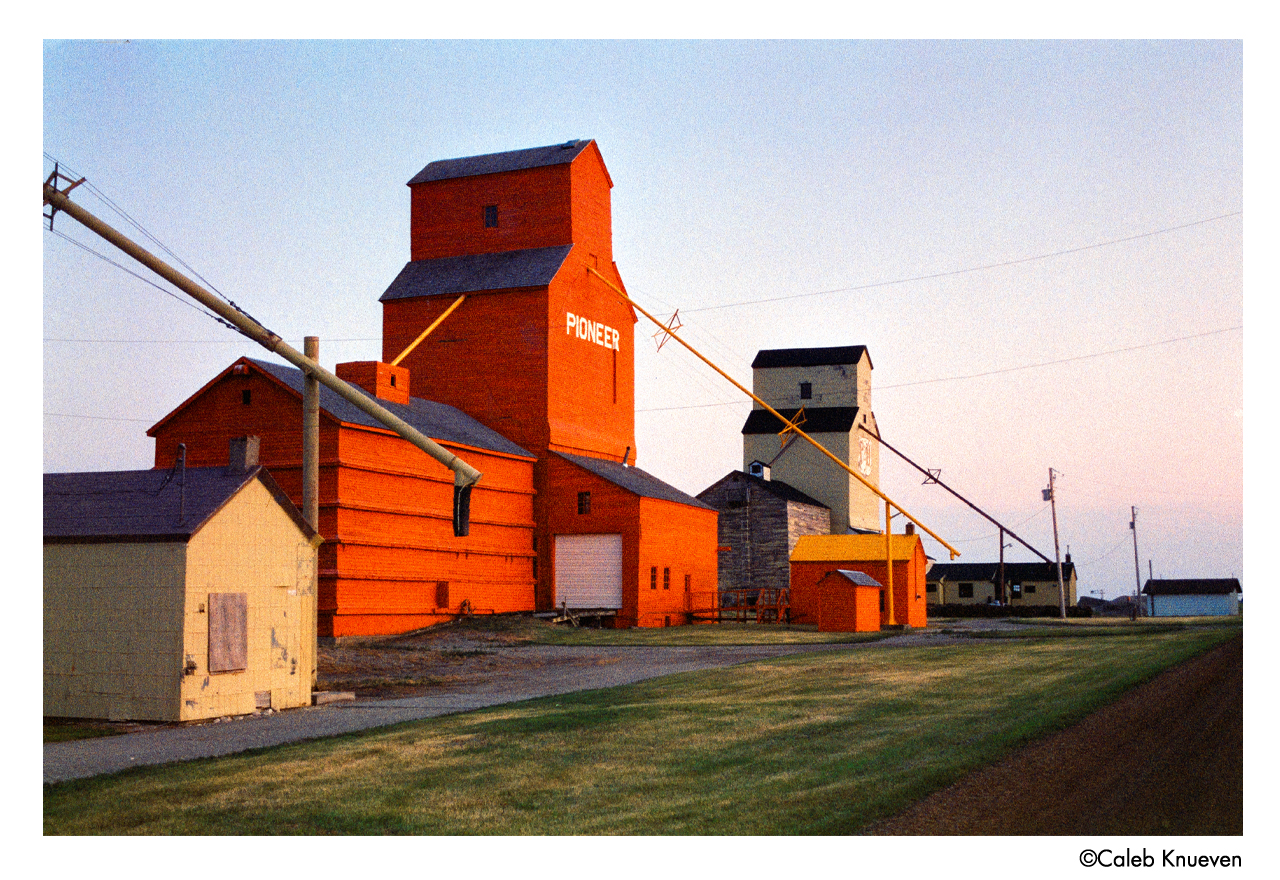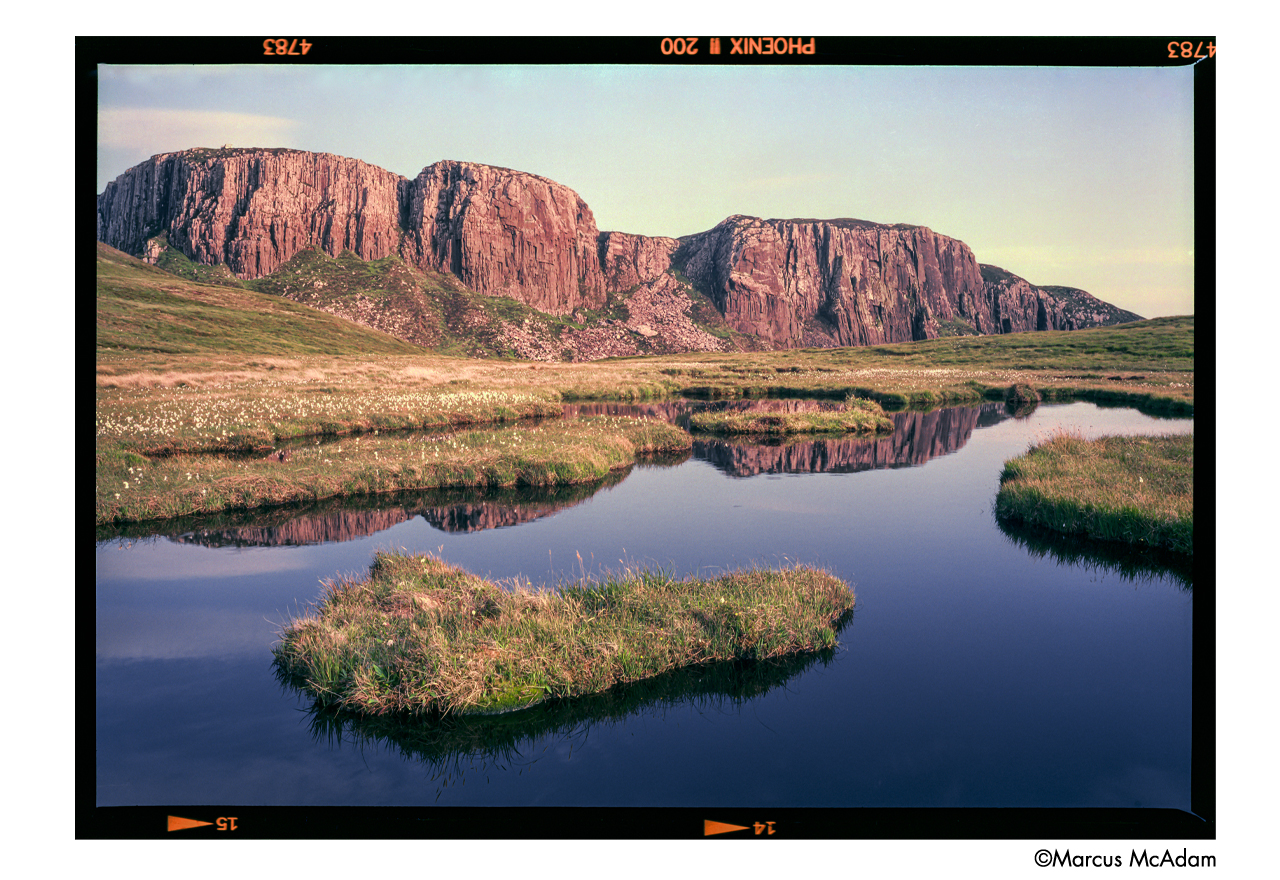
The launch of Harman Phoenix II marks a notable evolution in British-made color film, offering a refined, more usable take on the bold and unpredictable original Phoenix. This second-generation ISO 200 color negative film is designed for the C41 process delivering cleaner contrast, more neutral color balance, and noticeably finer grain.
While it still embraces a creative, experimental aesthetic, Phoenix II is now far more versatile, suited to a wider variety of lighting conditions and more forgiving in exposure.
Whether you’re shooting sun-drenched streetscapes or shadowy woodlands, this is a film that rewards the curious eye with vibrant, unconventional results.

Phoenix II is available in both 35mm canisters (DX-coded for ISO 200) and 120 roll film, making it accessible for a range of film photographers. It thrives outdoors, particularly when metering for mid-tones, and can be shot anywhere between ISO 100 and 200, depending on contrast and scene brightness.
Unlike its predecessor, this film brings improved exposure latitude and more controlled behavior in high-contrast lighting. That said, its personality remains distinct, with potential halation and a purplish negative base (lacking the typical orange mask), Phoenix II isn’t aiming to mimic Kodak Portra or Kodak Gold. This is a film for photographers who appreciate character over clinical perfection.
Processing couldn’t be easier: Phoenix II is fully compatible with the standard C41 color negative development, whether you're using a Jobo rotary system at home or a high-volume dip-and-dunk lab. No processing tweaks are required, and drying is straightforward, provided care is taken to avoid dust and streaks.
Those shooting long exposures should note the need for reciprocity compensation beyond the one-second mark, but for everyday use between 1/10,000sec and one second, there’s no adjustment needed. And unlike many modern films, push processing is not advised - Harman wants you to let Phoenix II speak in its natural voice.
Sample images






Ultimately, Phoenix II is still a film with quirks - but this time, they’re more controlled and deliberate. It steps away from the wild temperament of the original Phoenix and instead offers a vibrant yet flexible canvas for analog experimentation.
This isn’t mass-market emulsion; it’s a proud expression of British film manufacturing that invites photographers to slow down, think differently, and embrace imperfection in a digital-first world. The halation, the purple base, and the unexpected hues - they’re all part of the charm. Phoenix II doesn’t just capture a scene - it lets it burn a little.
Phoenix II in 35mm is priced at $13.99 for 36 exposures, while a roll of 120 will set you back $11.99







